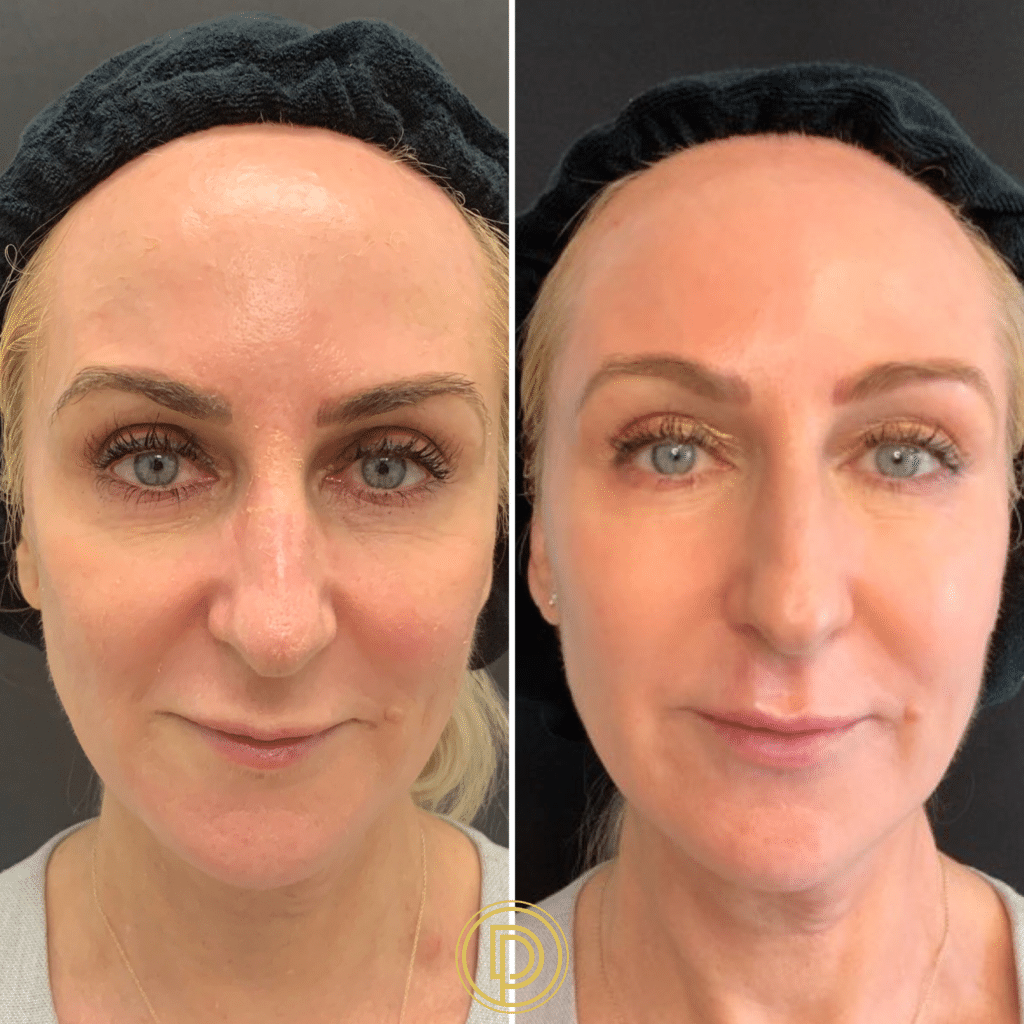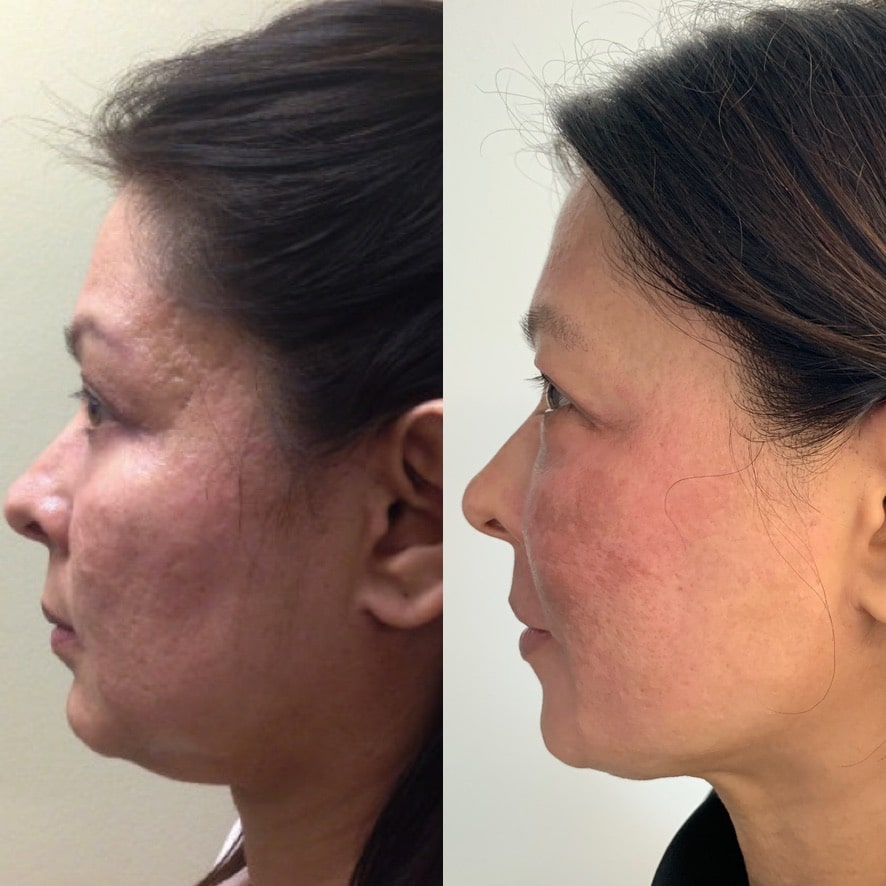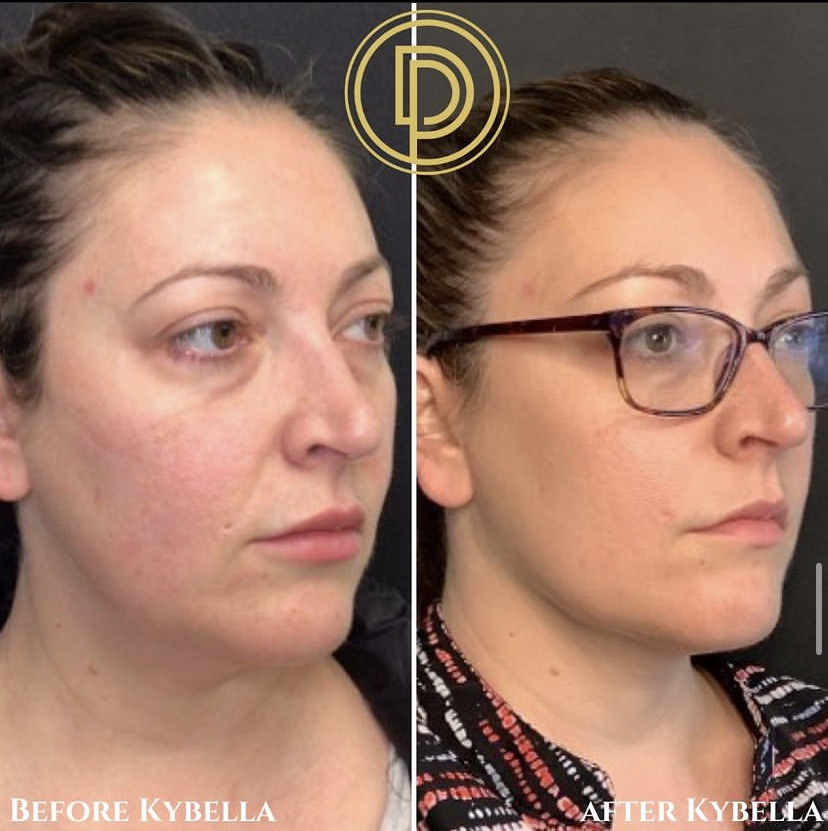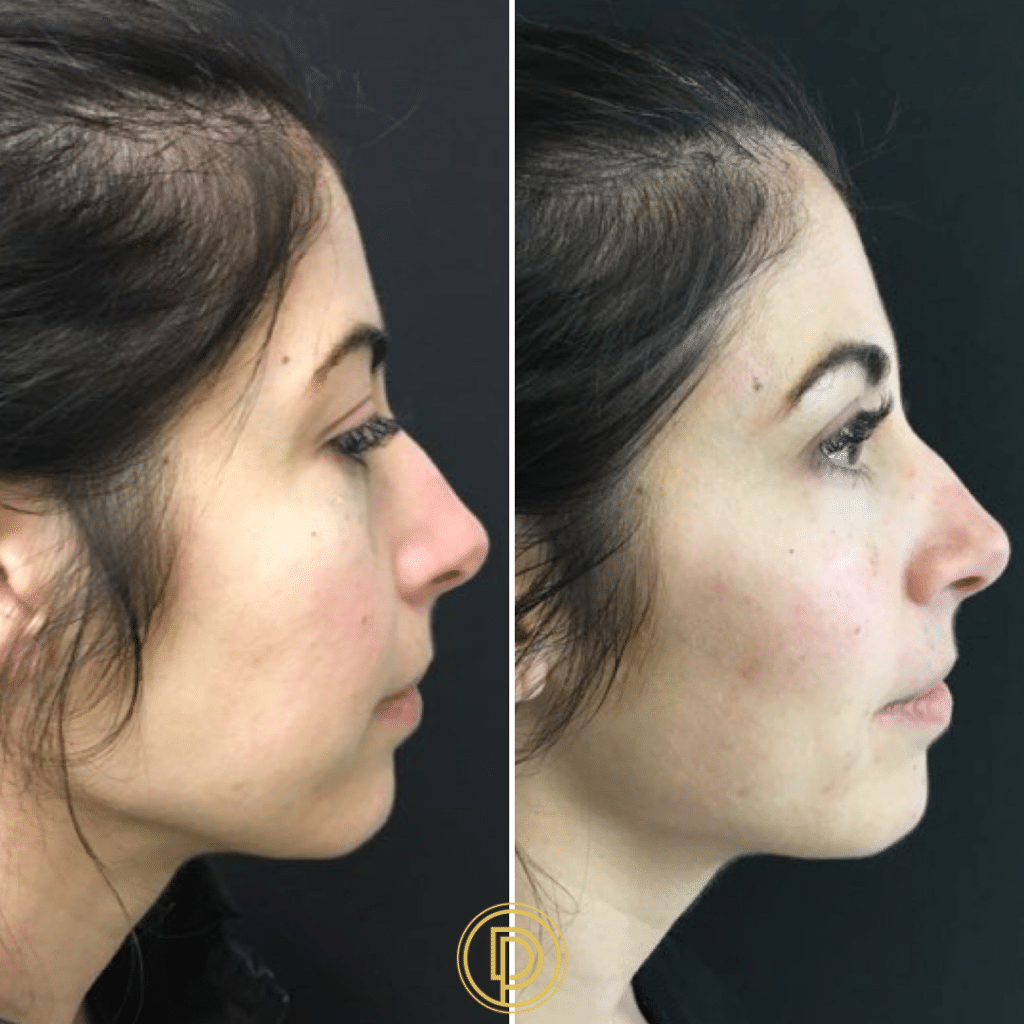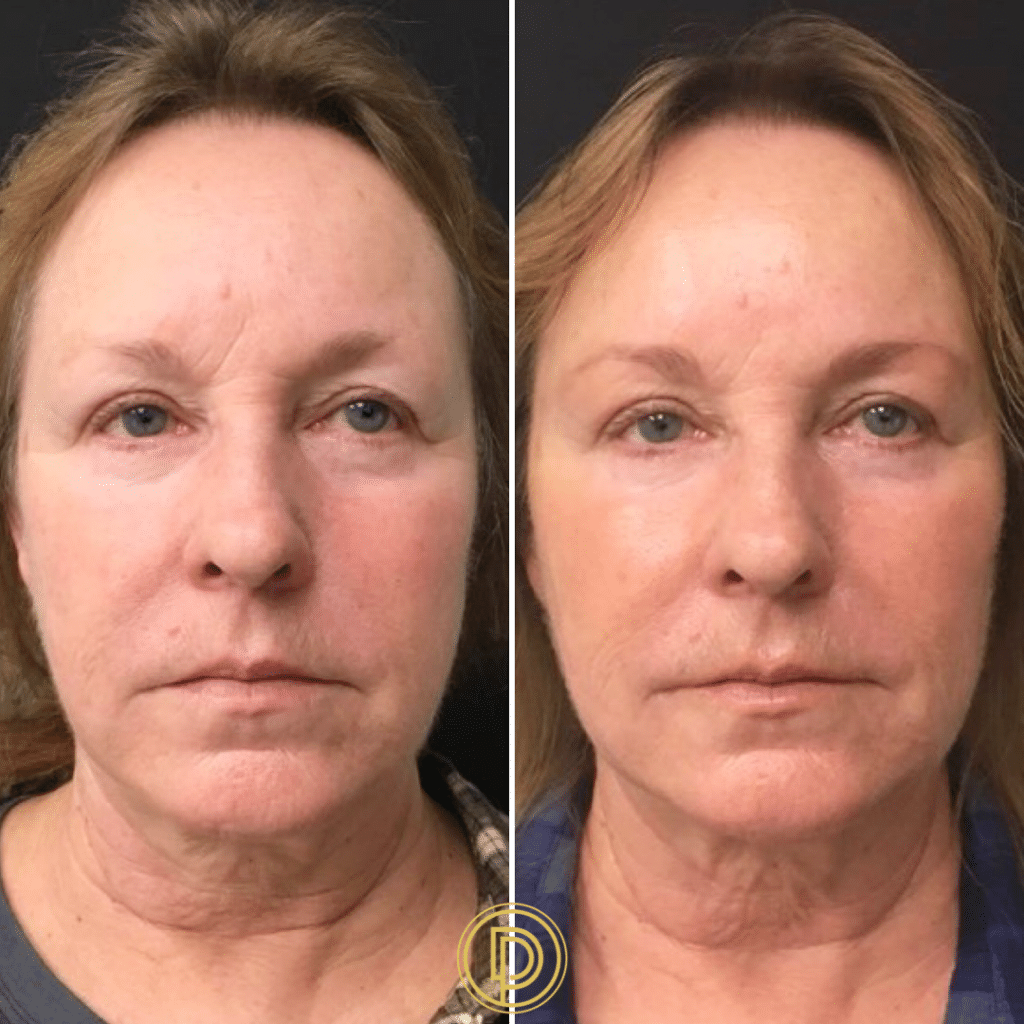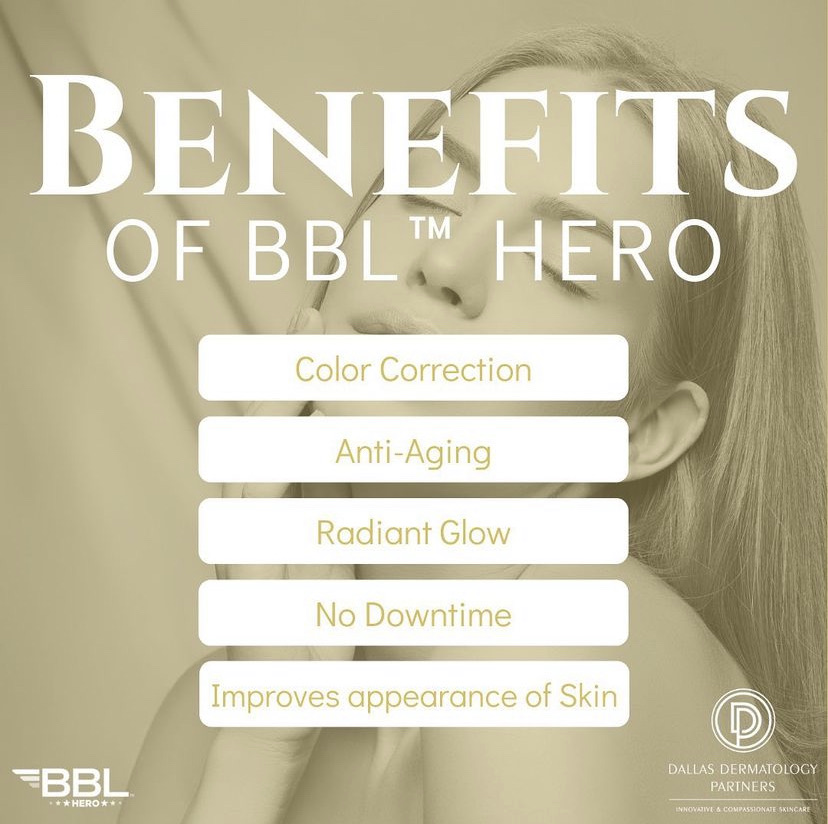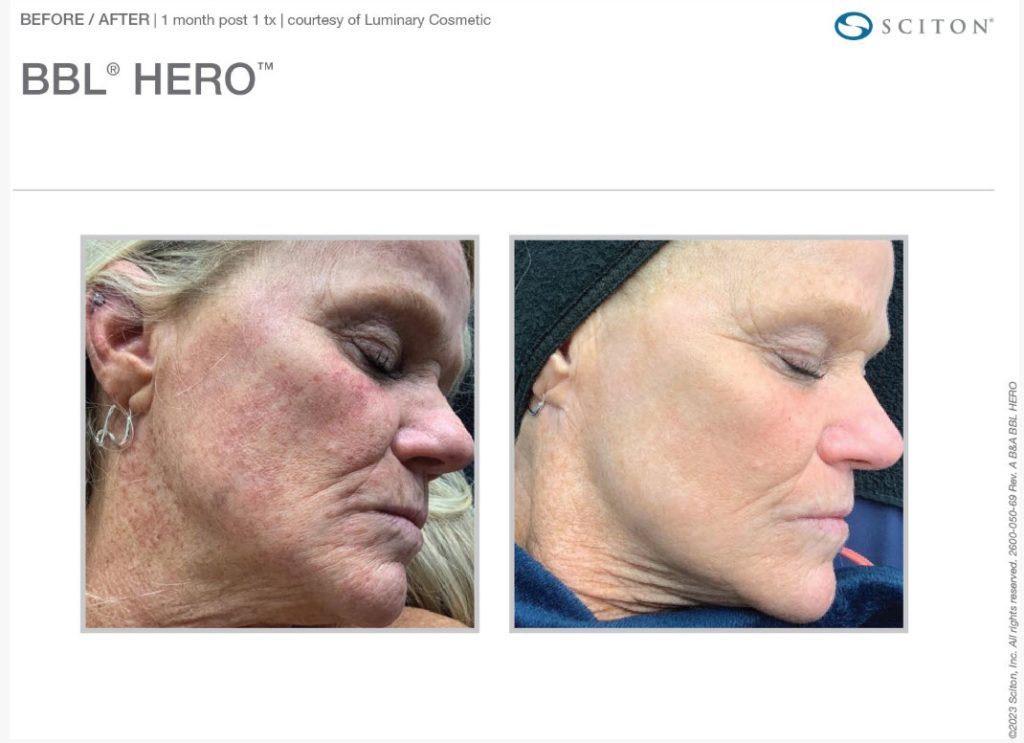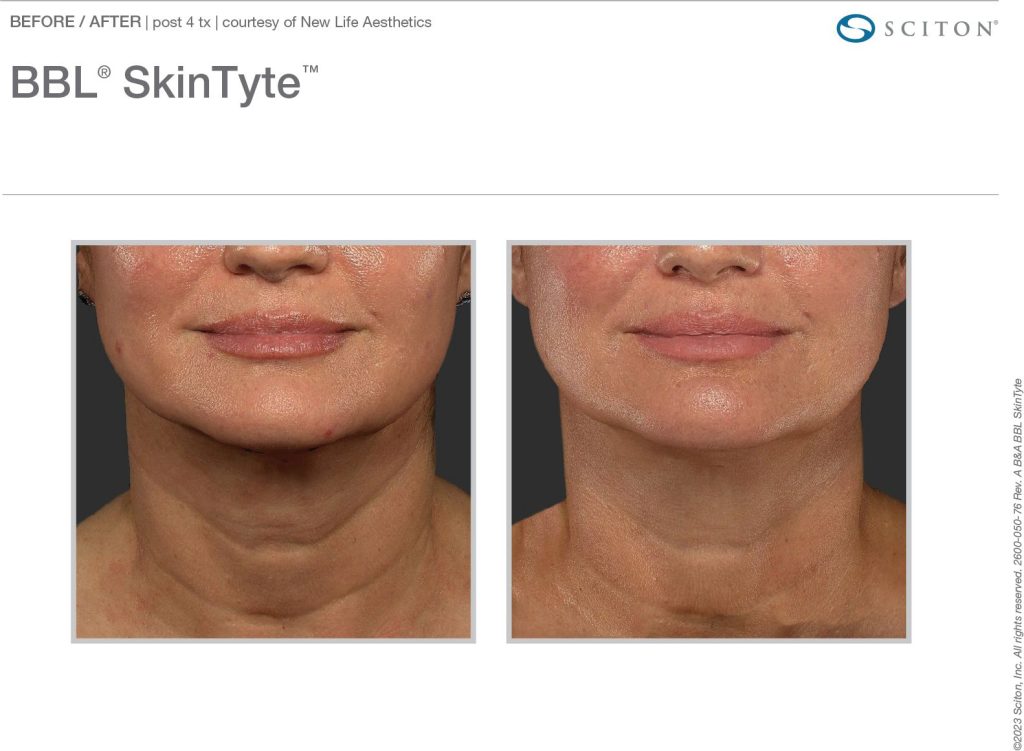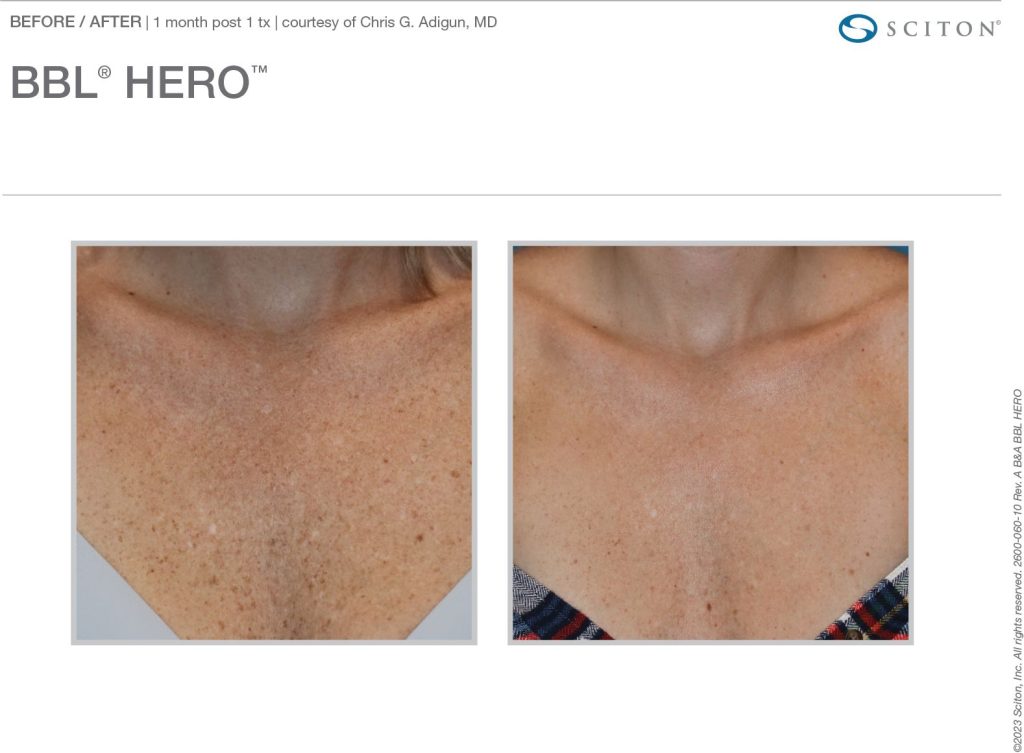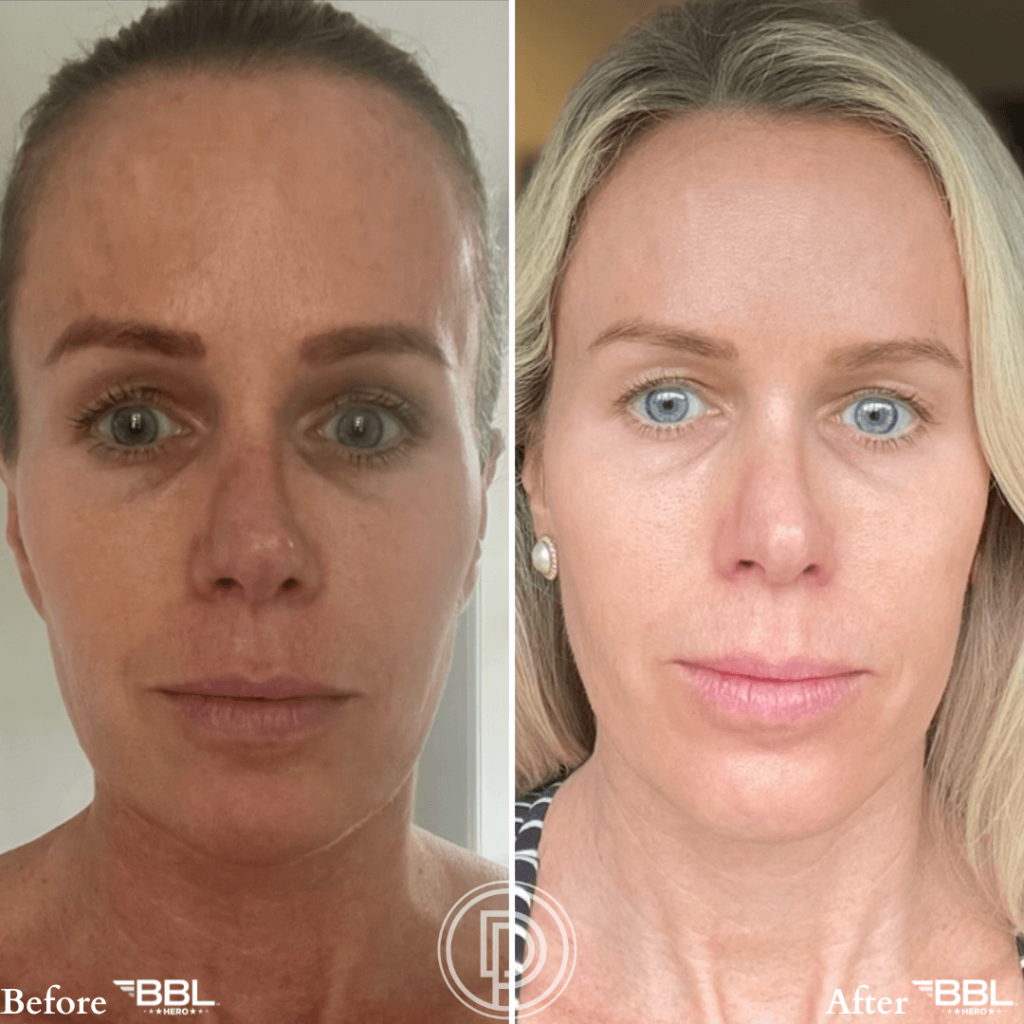Does Chin Filler Give You A Jawline?
Yes, chin filler can help improve your jawline when strategically injected. But, for best results on the lower face, it should be combined with a jawline filler with more structure and lift capacity. Of course, if you’re looking to correct asymmetry or enhance chin projection, then chin filler can be incredibly effective. But if a more angular and defined profile is on your wish list, talk to our team at Dallas Dermatology Partners about Juvederm VOLUX, the latest addition to the Juvederm family of facial fillers.
Chin & Jaw Filler Combination for Best Results
Juvederm VOLUX is the first hyaluronic acid-based filler specifically formulated and FDA-approved for use on the jawline. Hyaluronic acid is a naturally occurring compound that plumps and adds volume for improved structure and harmony.
On its own, filler injected in the chin can help improve size and shape, but it won’t affect the lateral jawline. However, targeted injections of Juvederm Volux can help provide a more chiseled and pronounced jawline. What makes Juvederm Volux different from other hyaluronic acid fillers? It has a much thicker formulation and better cohesivity for more “lifting” action.
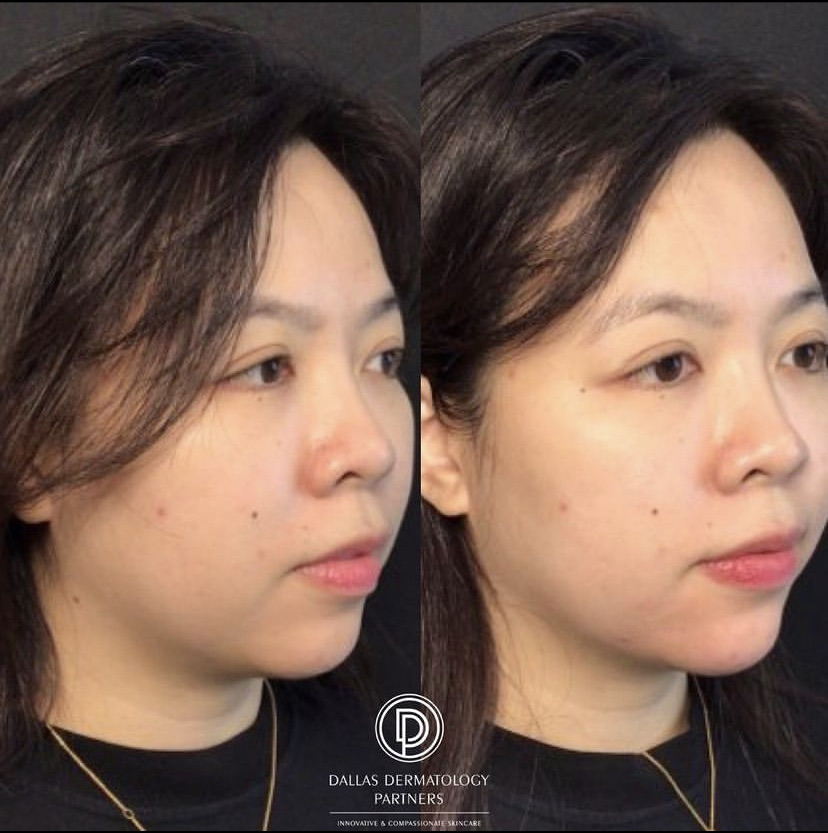
Benefits of Jaw & Chin Fillers
Whether due to age, gravity, or genetics, loss of jawline definition is easily remedied with dermal fillers. Facial filler injections are a popular, non-surgical way to address aesthetic concerns with minimal side effects and downtime.
Used in conjunction, chin and jaw fillers can help:
- Improve symmetry and facial harmony
- Contour a receding jawline
- Add more definition
- Create a more lifted appearance
- Correct a recessed chin
- Minimize the appearance of jowls
- Balance facial features
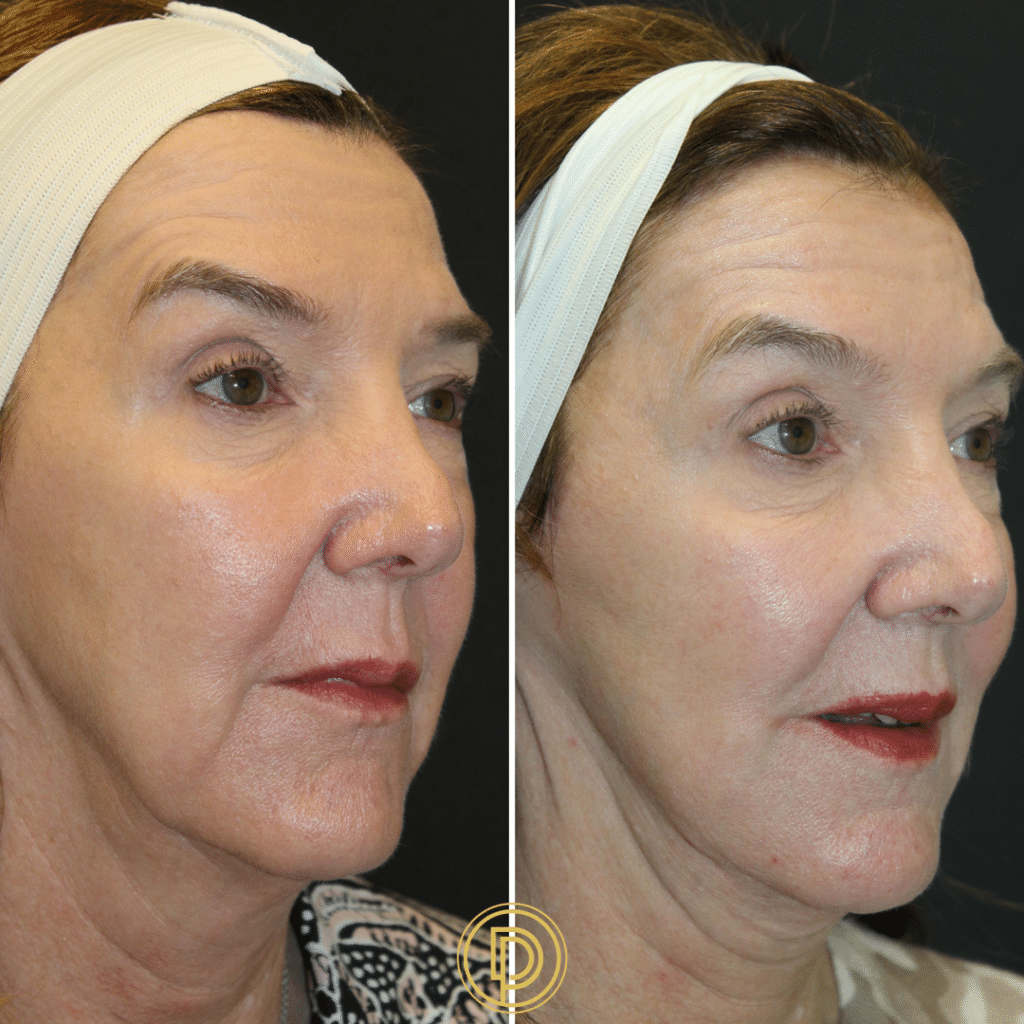
How Long Do Chin and Jawline Filler Results Last?
Everyone metabolizes hyaluronic acid filler at different rates. The compound will naturally break down over time, and depending on the amount injected, you can expect your results to last between 8 and 16 months. To maintain desired results, plan touch-up treatments every 6-8 months or as recommended by your dermatologist.
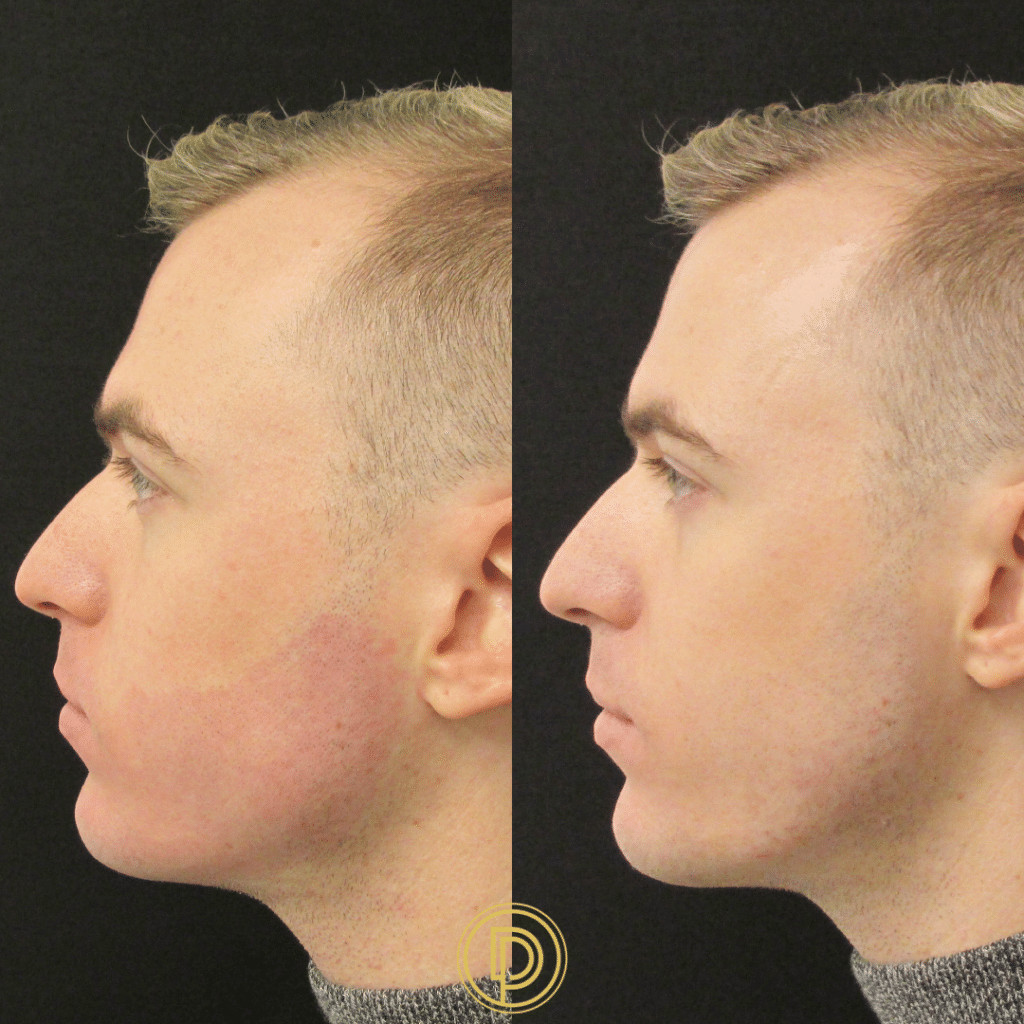
What to Expect During the Treatment
The procedure is relatively quick and usually takes less than 30 minutes. Your dermatologist will administer a series of subcutaneous injections based on your desired goals and facial shape, gently massaging the filler in place.
Results are immediate, but the full effects won’t be evident for a week when the facial filler has settled. The most common side effects, which last a couple of days, are mild swelling, bruising, and tenderness at the points of injection. There is no downtime, and you can get back to work and your normal routine immediately after your Dallas dermatology appointment.
Jawline Contouring at Dallas Dermatology Partners
Enhanced definition of the chin and jawline can help balance the lower face. Facial fillers are a safe and cost-effective way to restore proportions and address common cosmetic concerns. Contact us today to learn more about chin and jawline filler treatment with our board-certified dermatologists.
Does Chin Filler Give You A Jawline? Read More »

